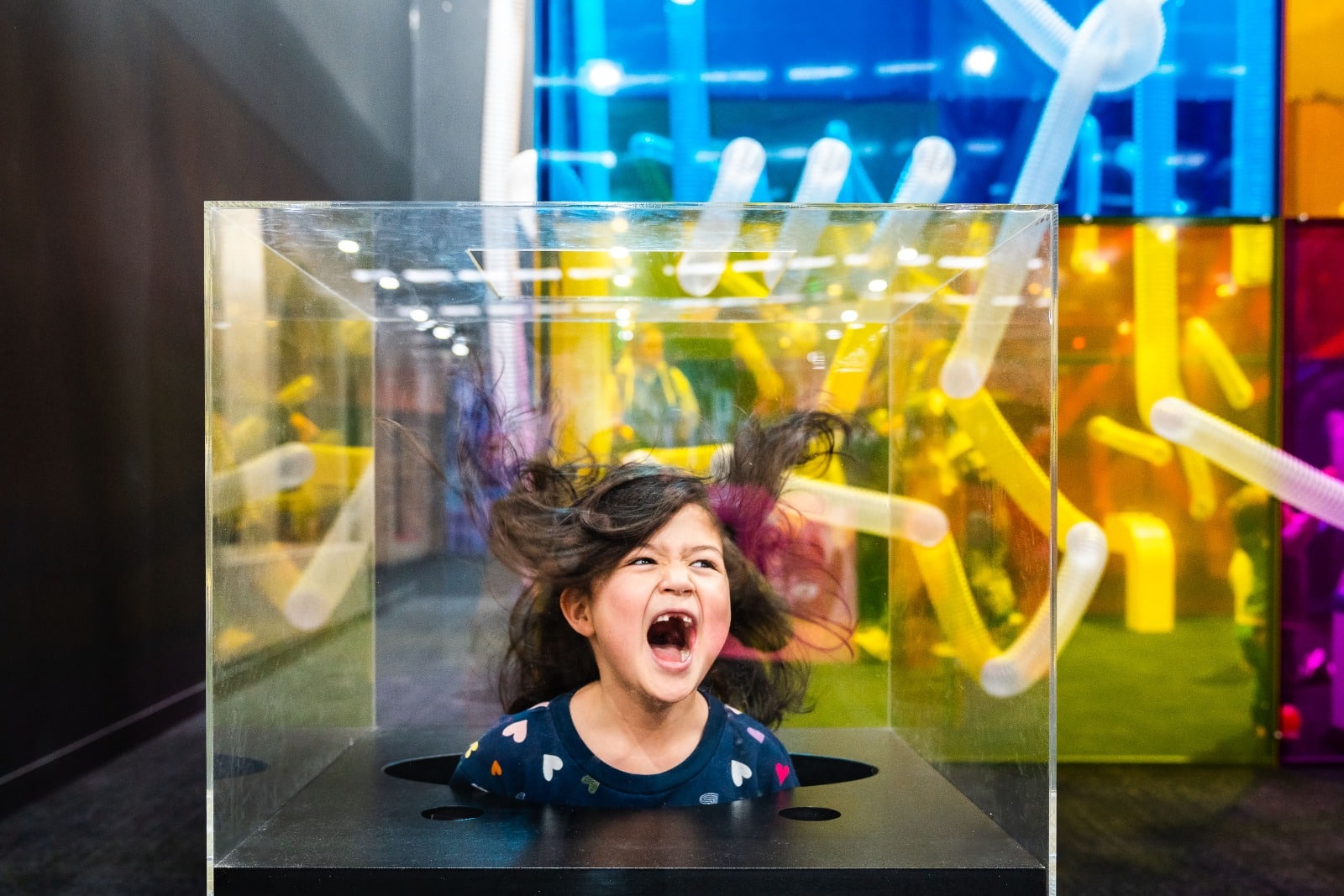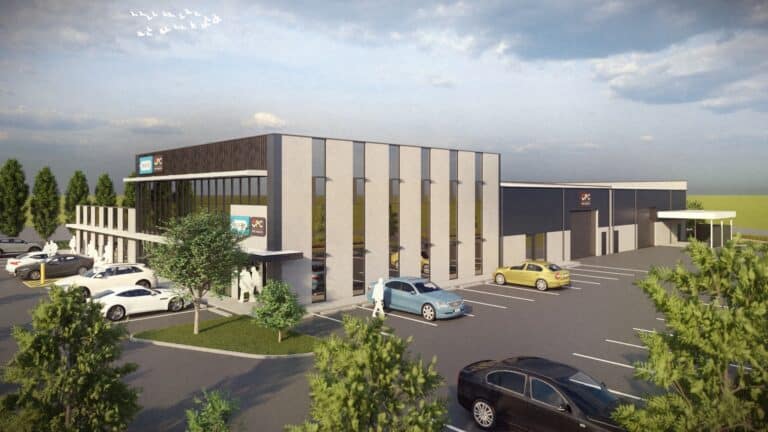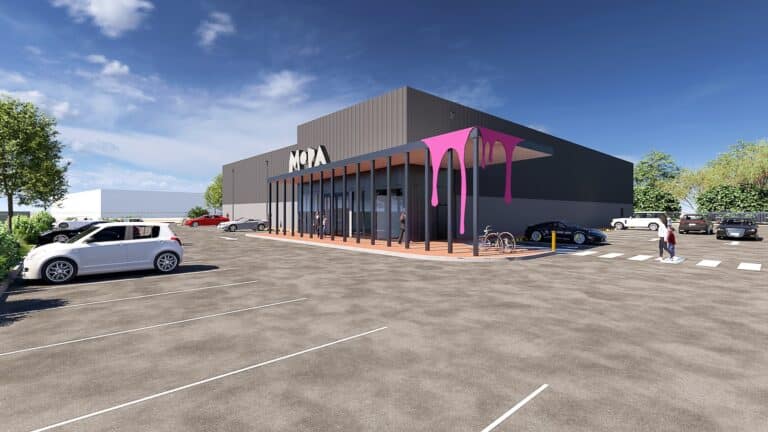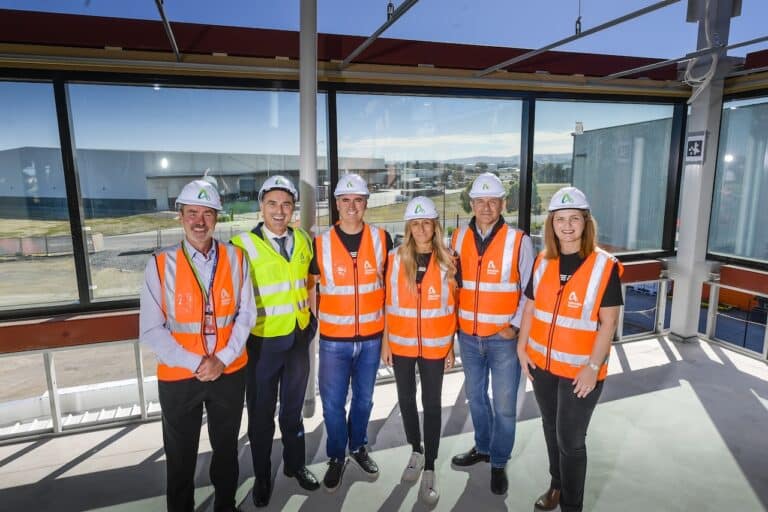How Adelaide Airport is shaping the future of South Australia

Adelaide Airport is fast becoming an economic powerhouse of South Australia, with the development of new precincts designed to foster the growth of our scientific and aerospace industry, plus a business park that takes advantage of Adelaide’s unique location.
More than 100 hectares of land on the Adelaide Airport site is available for critical industrial and commercial development.
Adelaide Airport managing director Brenton Cox said the opportunities are shaping the future for business in South Australia.
“There’s a real convenience in the location,” he explained. “We’re only two runway lengths – 6kms – from the CBD. There’s not too much development-ready land left around the city, and our land bank enables us to fill a unique void.”
A SCIENCE-FOCUSED FUTURE
While 10,000 people already come to work every day in the Adelaide Airport precinct, that number is set to grow as more businesses establish themselves in the area.
The land surrounding the airport terminal has a number of different uses already, with more on the way.
For example, Catalyst Park centres on science and technology, which is helping boost the growth of South Australia’s space, defence and digital technology industries.
Mr Cox said the talent working in the precinct is extraordinary.
“So many scientific minds are coming together.”
He singled out one new tenant, Fleet Space, who creates groundbreaking space-enabled technology to help solve problems on Earth.
“Increasingly as time goes on, the lines between aviation and space will be blurred,” he said, explaining this is one of the reasons the airport is a game-changing location for scientific organisations.
“Fleet Space is manufacturing satellites on site that are going up into the upper atmosphere. Having organisations like that here, it’s just fantastic to be surrounded by smart people doing really interesting, cool things,” Mr Cox said.
Another new tenant, Prostek, makes high-tech orthotics and prosthetics and joins Australian Clinical Labs as a health tenant of the precinct.
“They will be manufacturing, assembling and even consulting with patients,” Mr Cox said.
The precinct will also be home to Adelaide’s first dedicated Children’s Museum designed to inspire our youngest minds.
“The Museum of Play and Art will be full of quirky experiences combining science and art,” he said, adding he hopes the location right next door to groundbreaking science-based businesses will inspire kids towards future careers in STEM, too.
BOOST FOR OUR EXPORTS
One precinct focused on boosting South Australian businesses is Airport Junction. A new hub for freight and logistics businesses, it’s focused on helping exporters avoid delays.
“It’s a really strong logistics base that feeds Adelaide and draws in all of the logistics chains efficiently into one point in the city,” Mr Cox said.
He explained that too many businesses were being forced to use road freight to get their goods to the east coast before they were flown overseas.
“Businesses want freight to be as cost effective as possible, but it’s got to be speed-to-market,” he said, explaining that many South Australian exporters were selling goods that needed to be transported quickly.
While this includes perishable goods, such as fruit and seafood, it also includes premium wines (that need to be kept in controlled conditions), rare earths and minerals, and even some high-speed defence technology.
“What happens at the moment is that a majority of goods in South Australia go on a truck. They spend a lot of time getting to Sydney or Melbourne Airport.
“What we’re trying to do with Airport Junction is (creating a) connection through the city and the world through aviation. We’re getting the scale and the automation that will mean it’s much more cost effective and convenient out of Adelaide Airport,” he said.
BUSINESS BOOM
Beyond freight, other businesses are finding benefits of basing their headquarters at Adelaide Airport.
Adelaide Airport’s office precinct, West Six, has attracted several high-profile tenants that need access to different parts of Australia and the world, quickly.
Mr Cox said a good example is BHP who recently acquired Oz Minerals with headquarters at Adelaide Airport.
“They’ve got mine sites all over the country and they want their people – particularly those that work across multiple mine sites, like technical engineers – to be able to come in and out very quickly and then reconnect with their colleagues.”
He said another example was Mitsubishi Australia, who also chose headquarters at West Six for easy access to the airport.
“Mitsubishi finds it very easy to get all of their newest research and development technology out of Japan and then bring their people from all over the country in and train them. They can fly in and out very efficiently from all over Australia.”
SUPPORTING THE GROWTH OF ADELAIDE
While the commercial activity is a huge boon for the South Australian economy, the development of the land around the airport as a commercial and industrial space has wider benefits.
“It’s good for city planning,” Mr Cox said. “With an airport you don’t really want to have residential all around you as you would be inflicting noise issues on people.
“We’ve got a lot of old industrial land around the city fringe that the government is trying to turn into residential space. But the city still needs industry. So we can make sure we’re using that 100 hectares of undeveloped land to accommodate those critical industrial needs and provide employment, and it frees up other areas for residential growth, which is particularly important.”
Mr Cox added that the airport is working closely with the South Australian government to ensure all planning is right for the future of South Australia.
“The South Australian government’s plans describe us as ‘economic lands,’” Mr Cox said. “It’s industrial and commercial space that is essential to keep jobs where people are living and keep those businesses in close proximity to the CBD.
“We are really excited to be part of the evolution of South Australia’s economy.”
This article was originally published by The Advertiser





